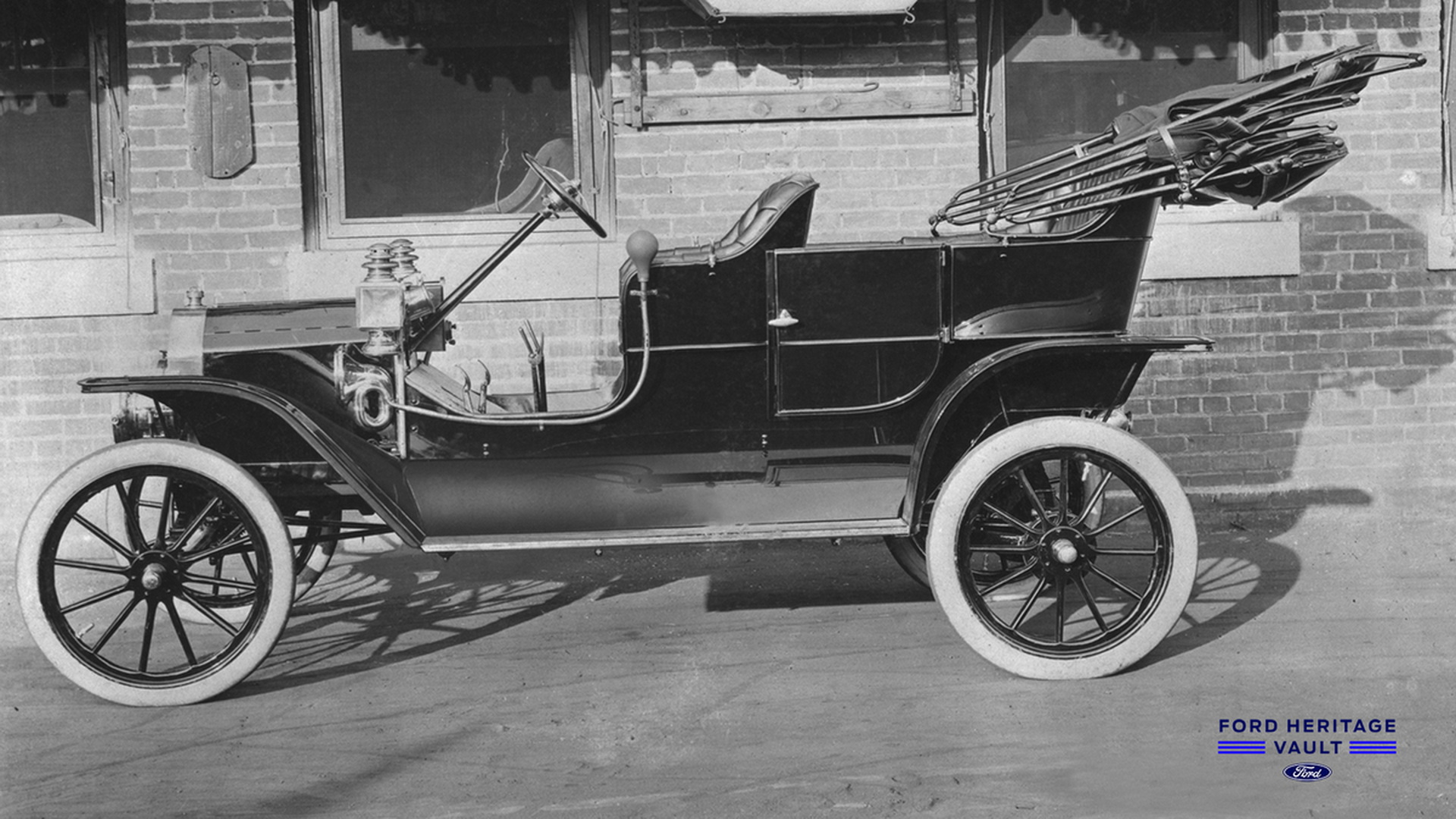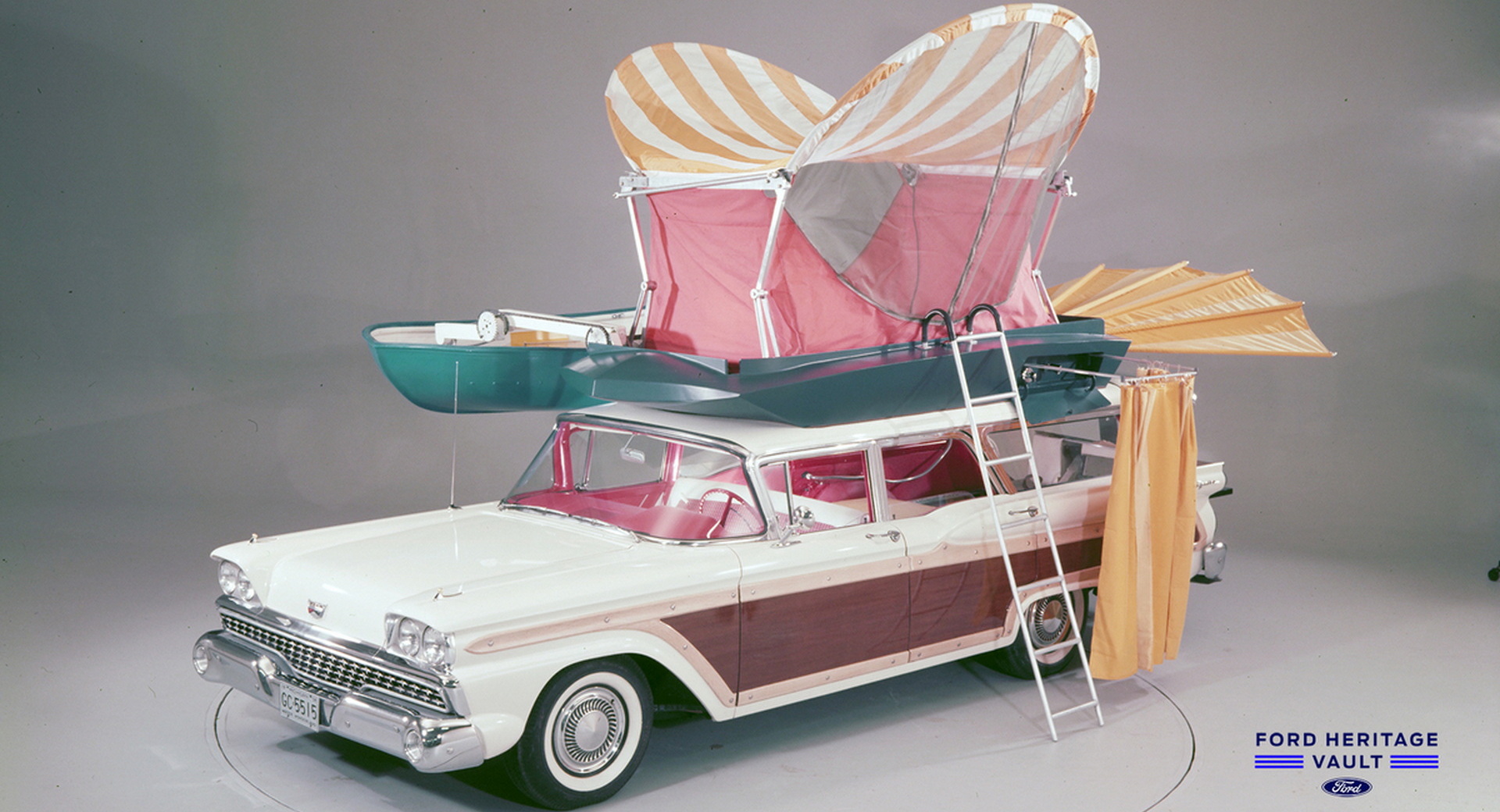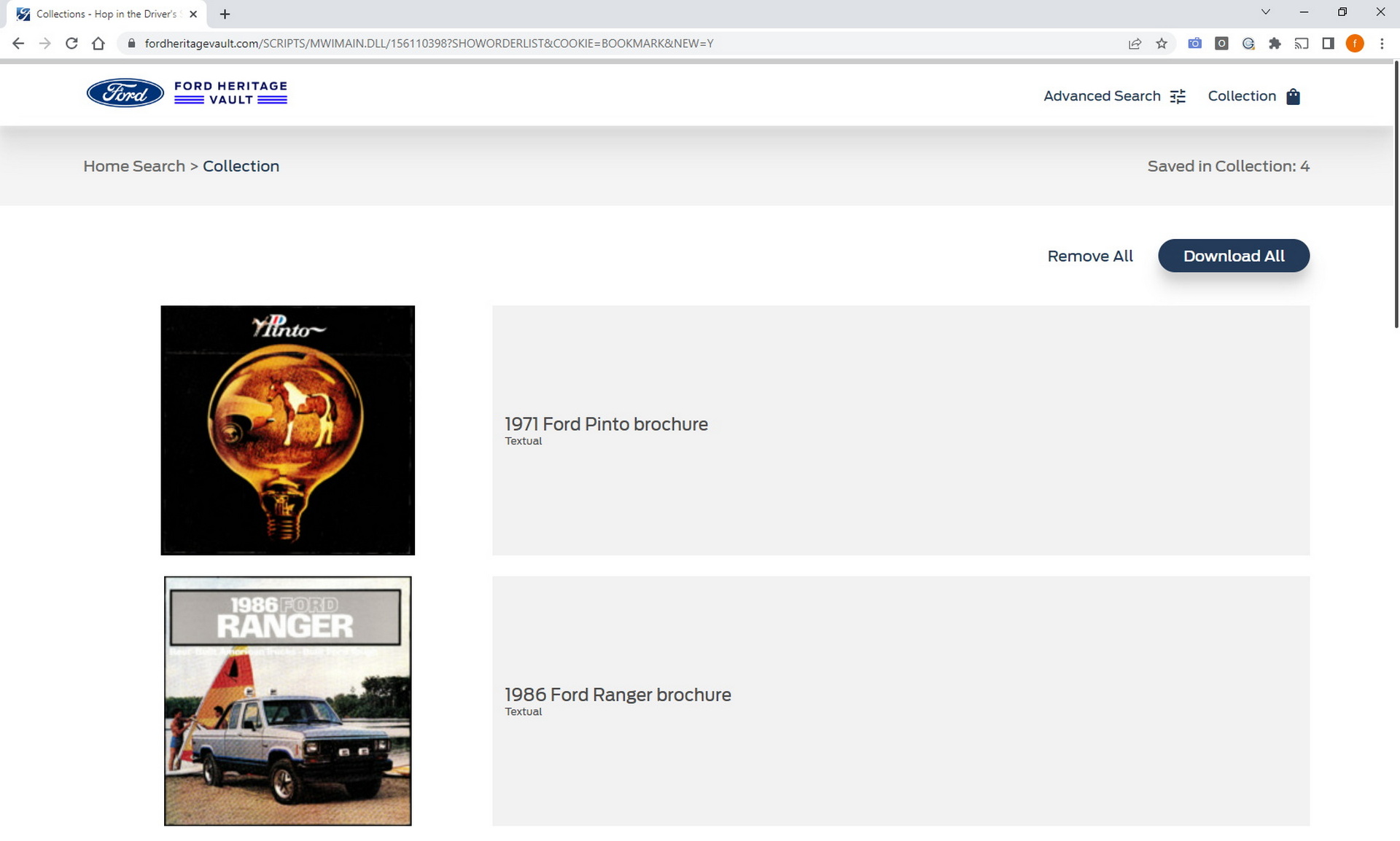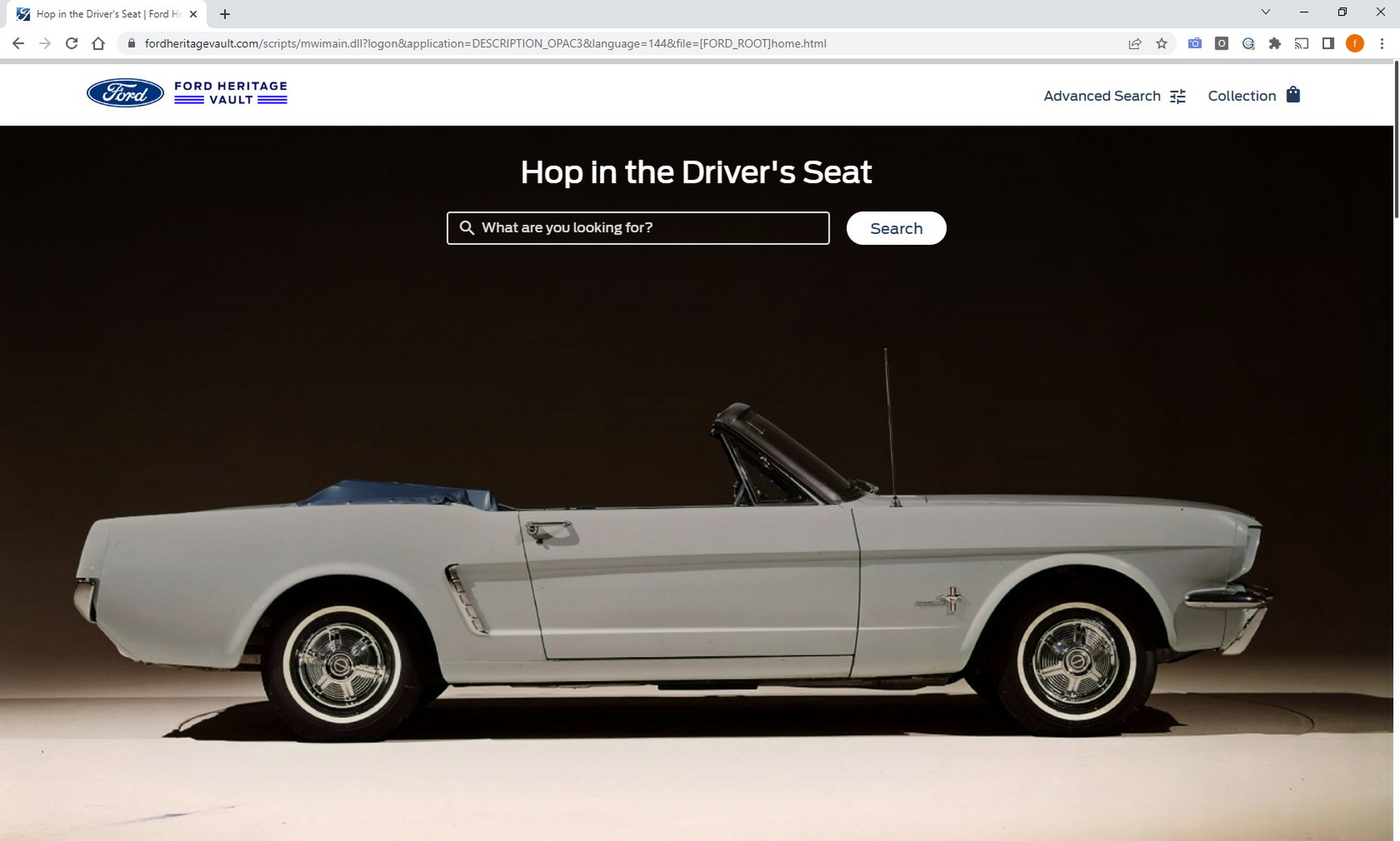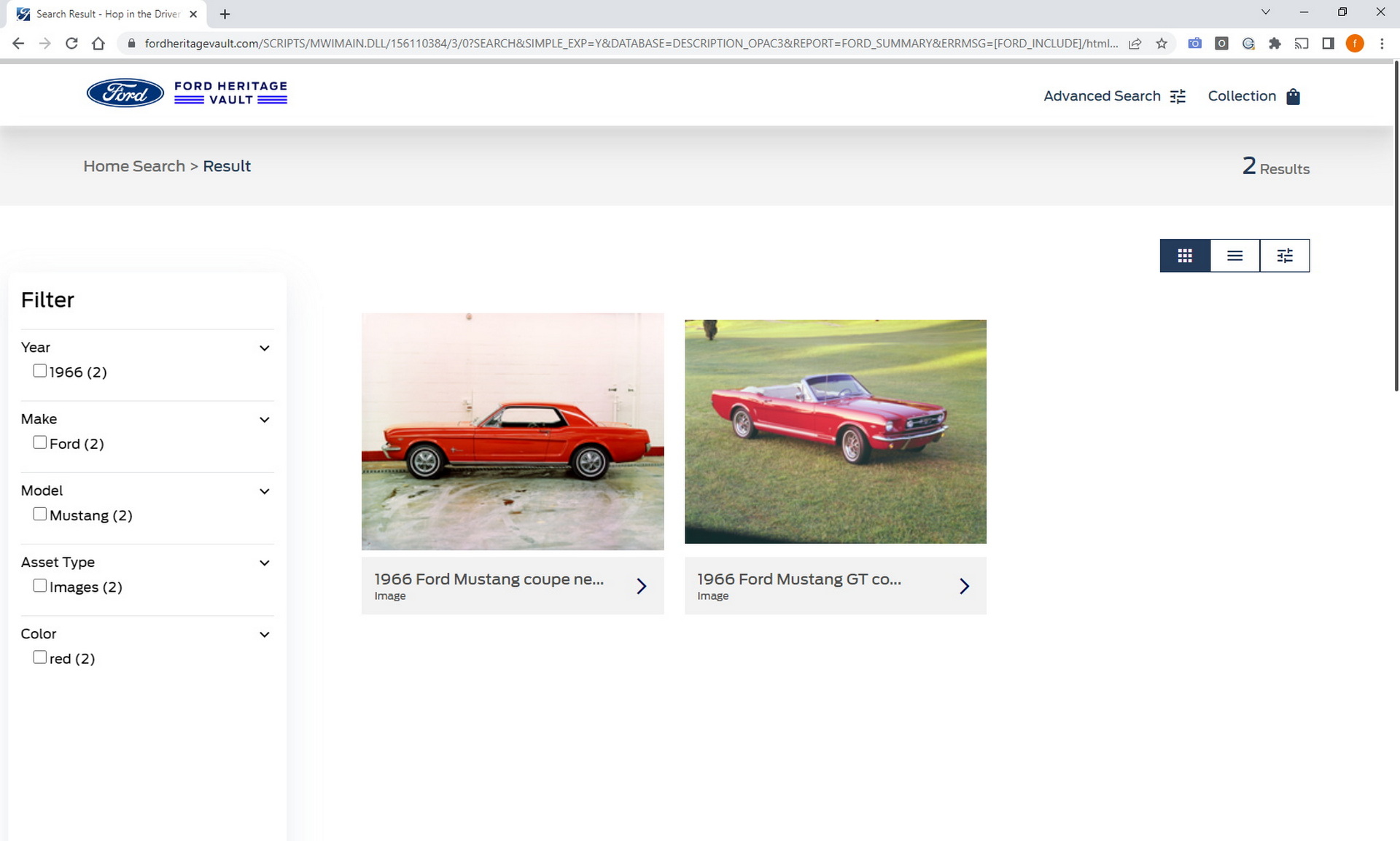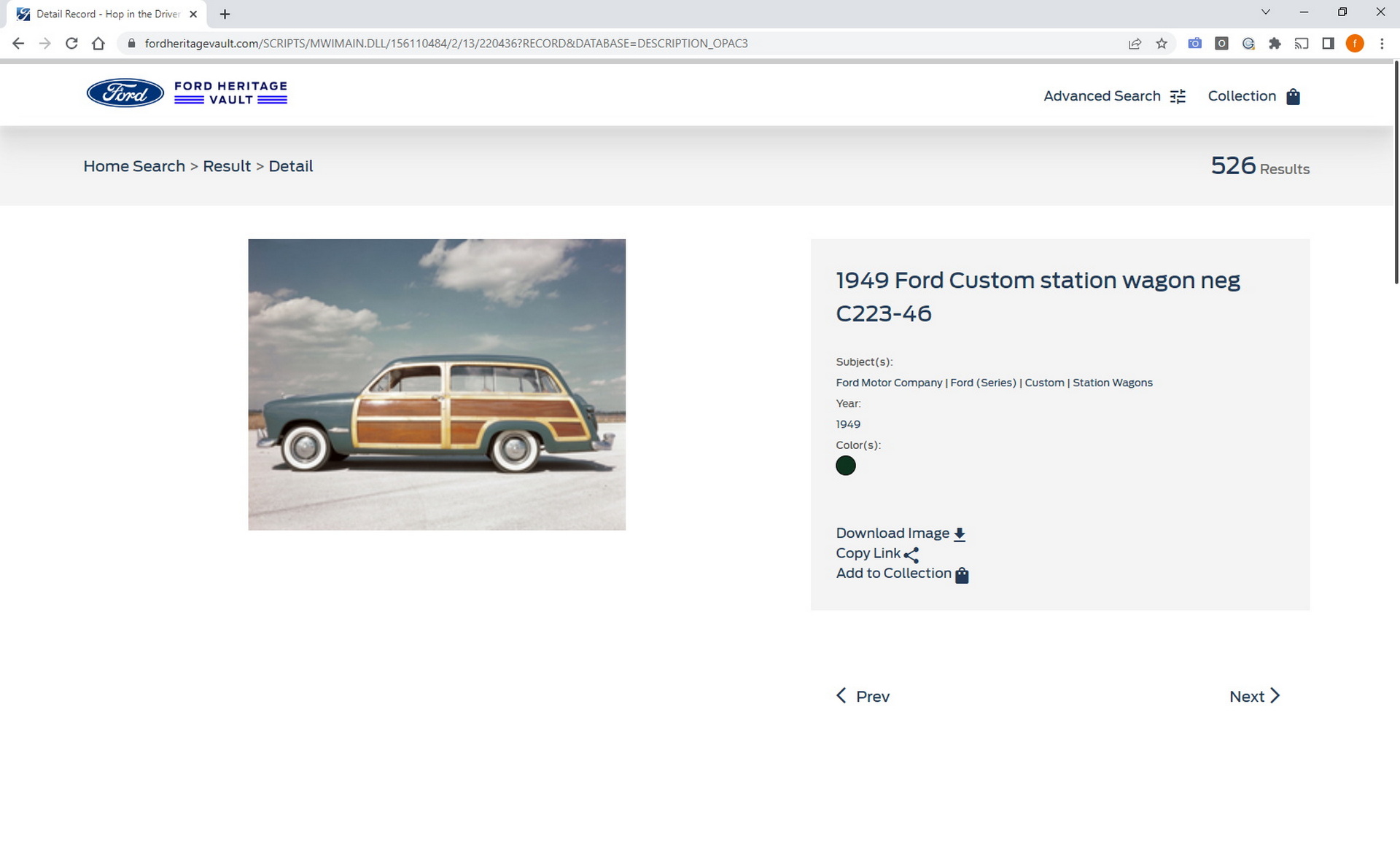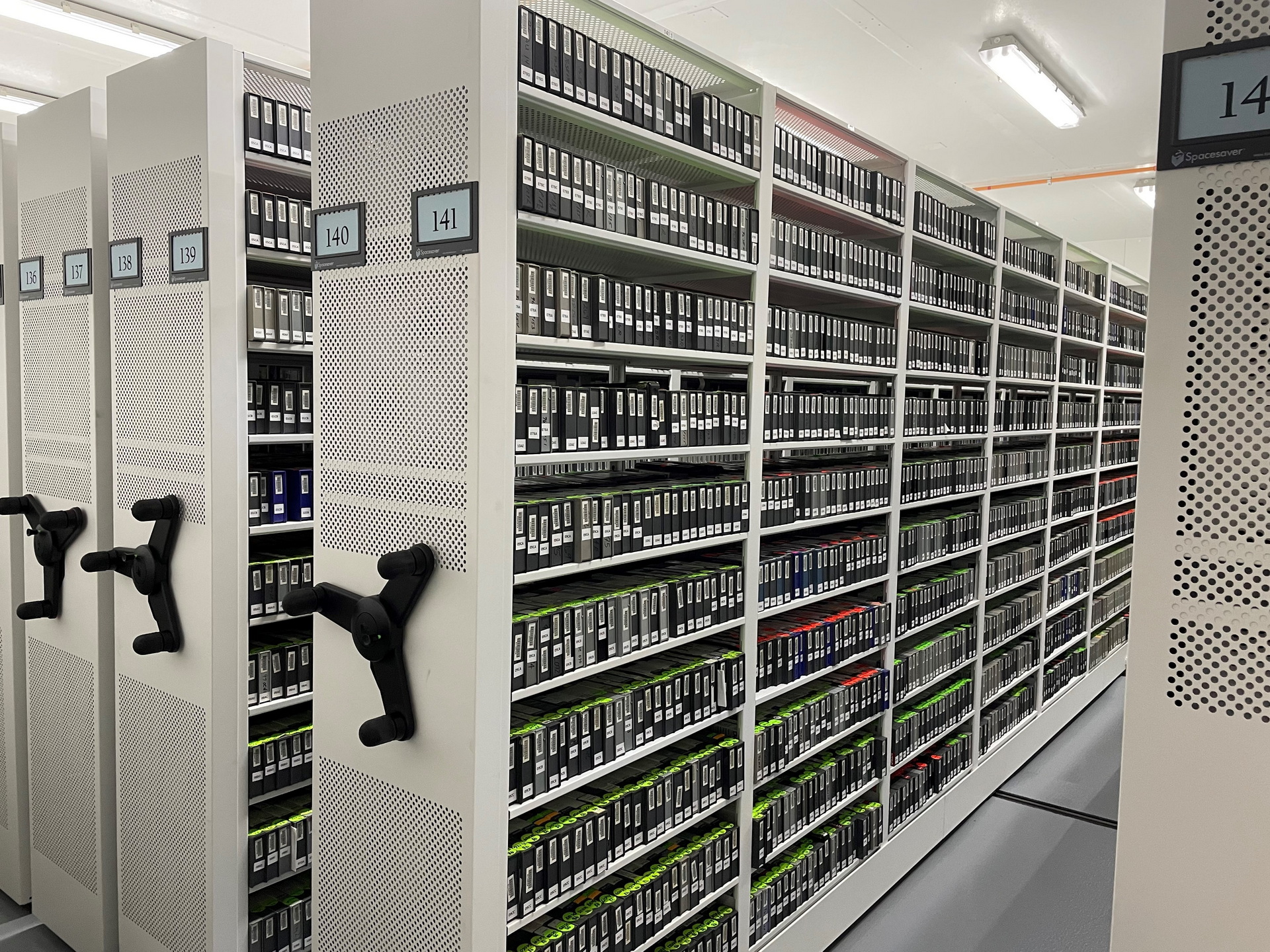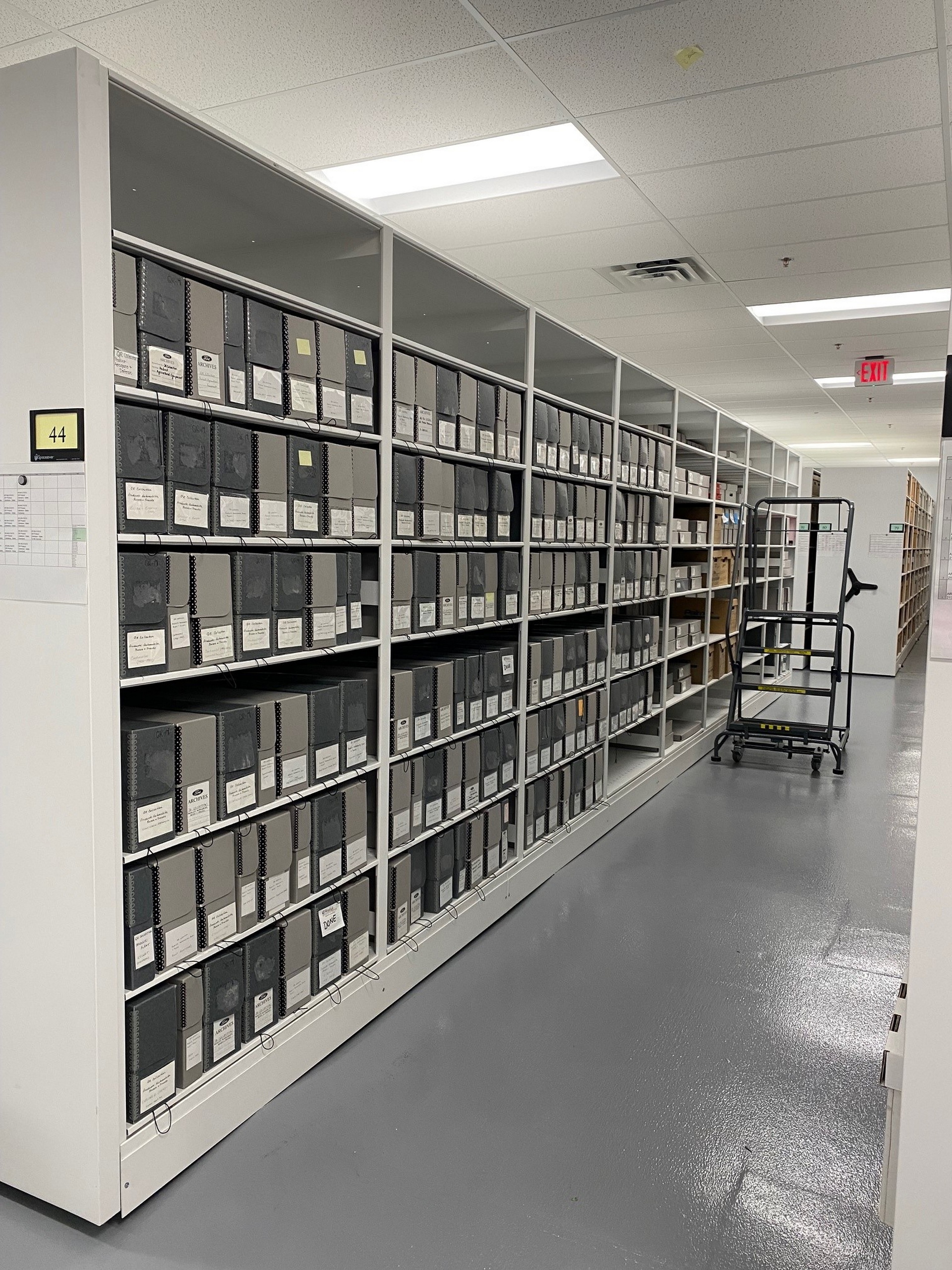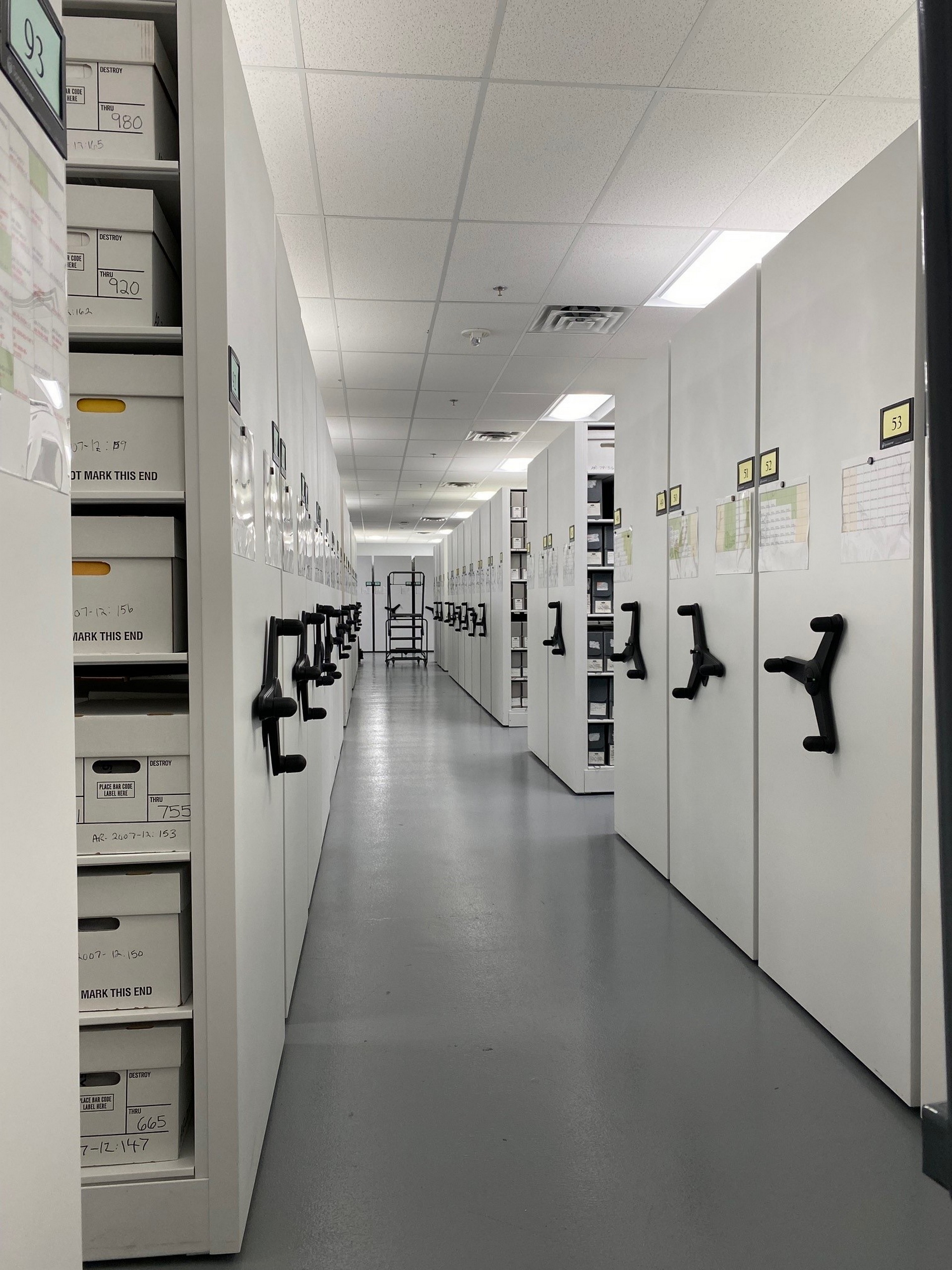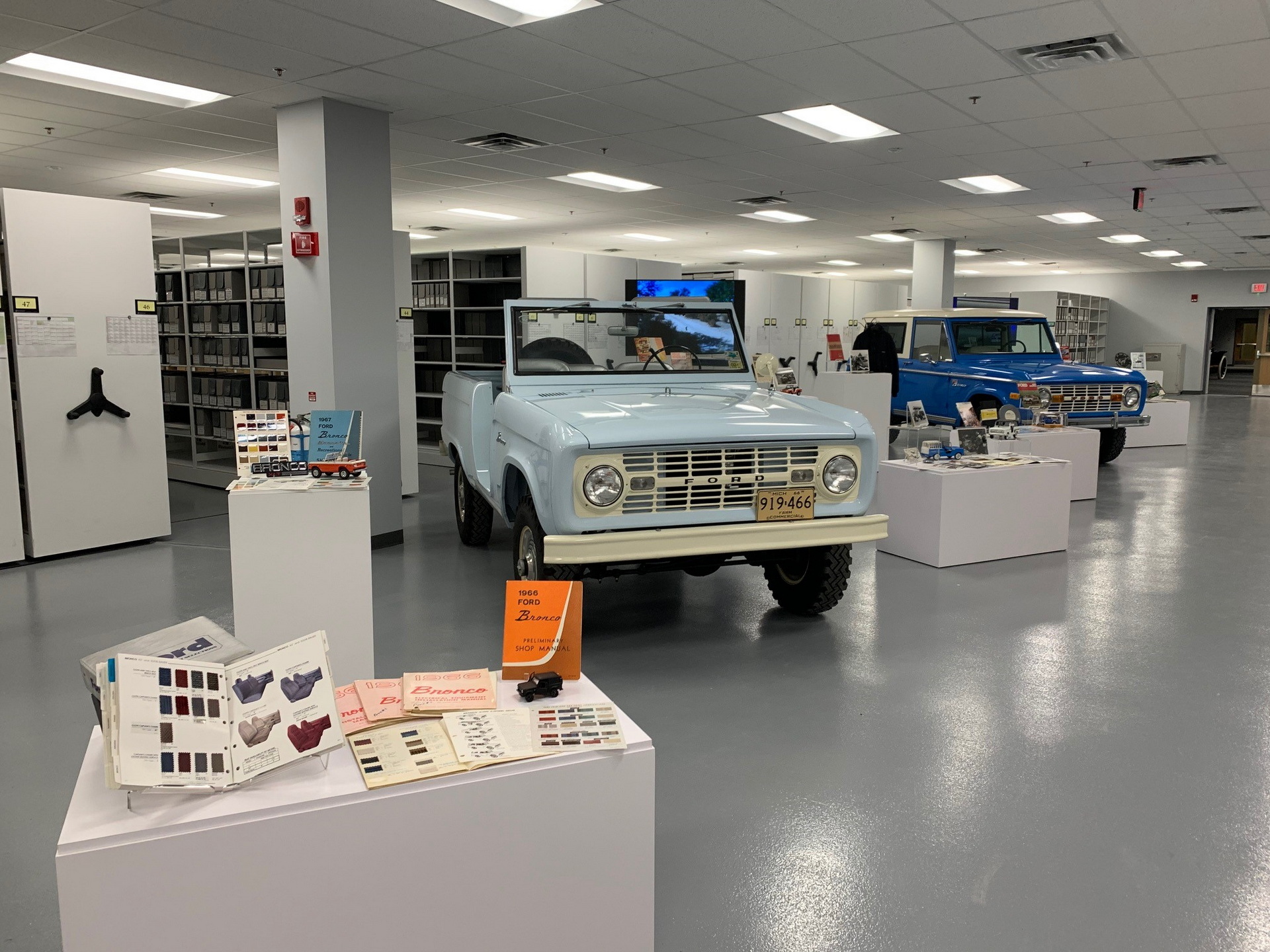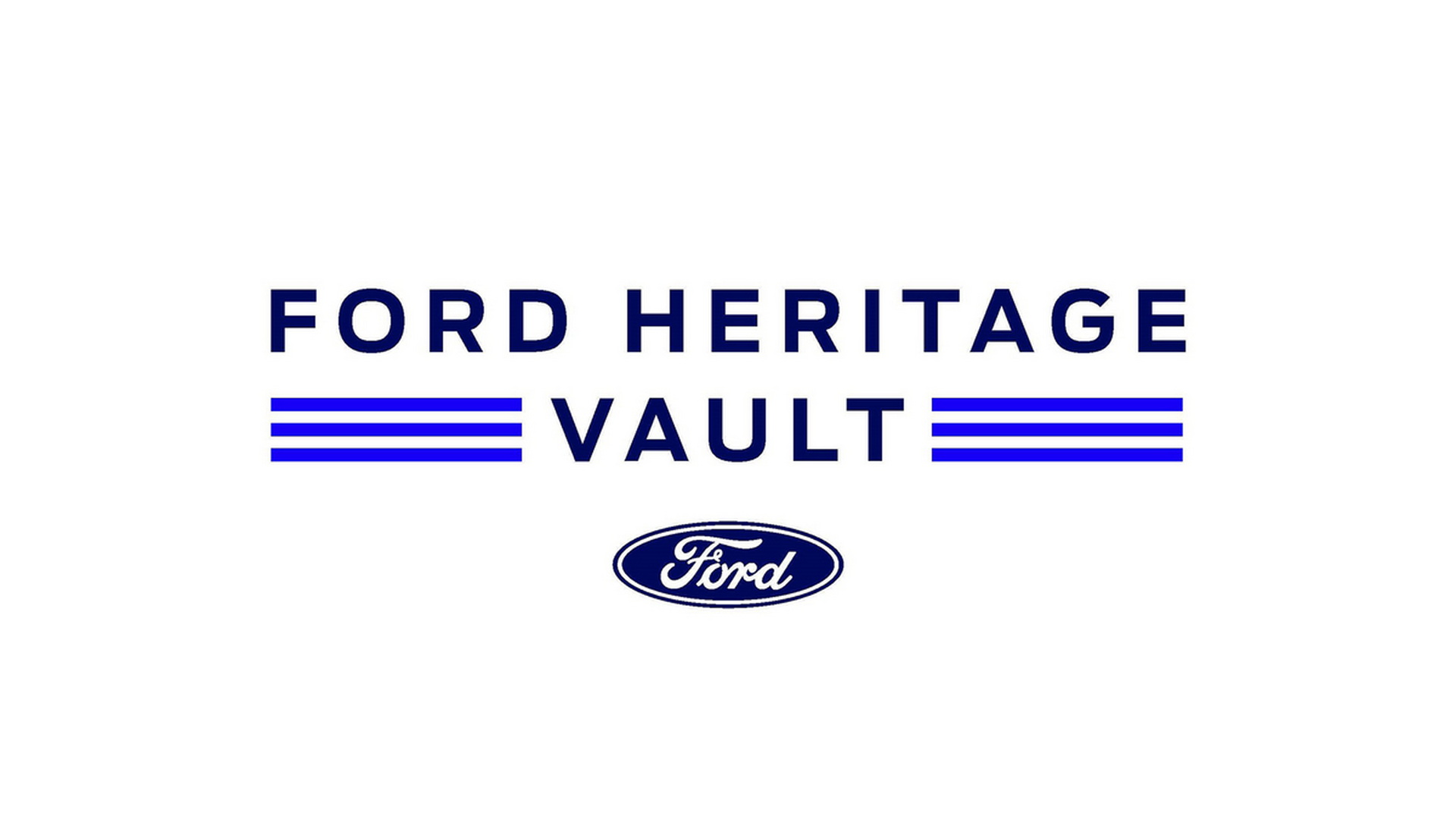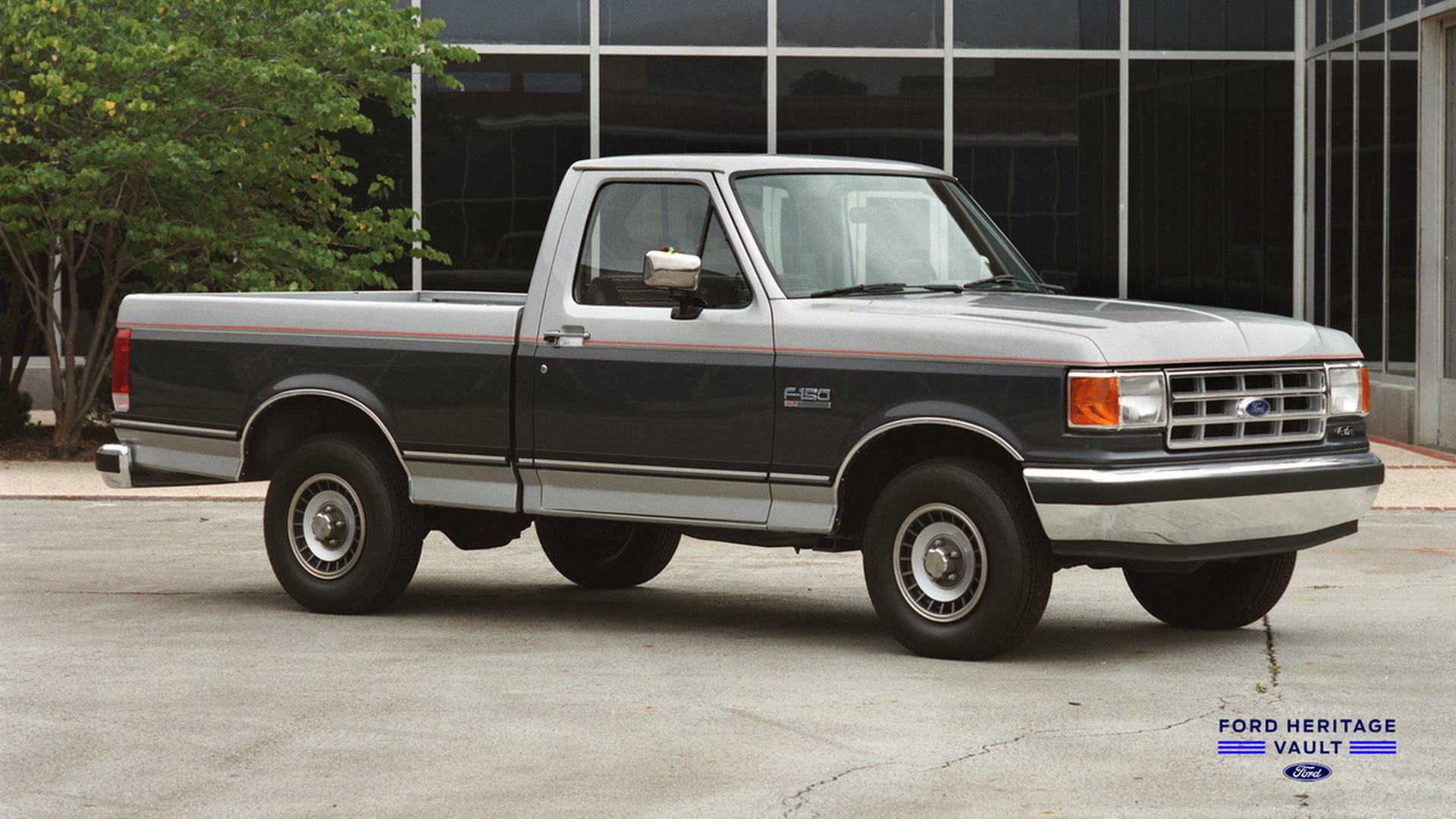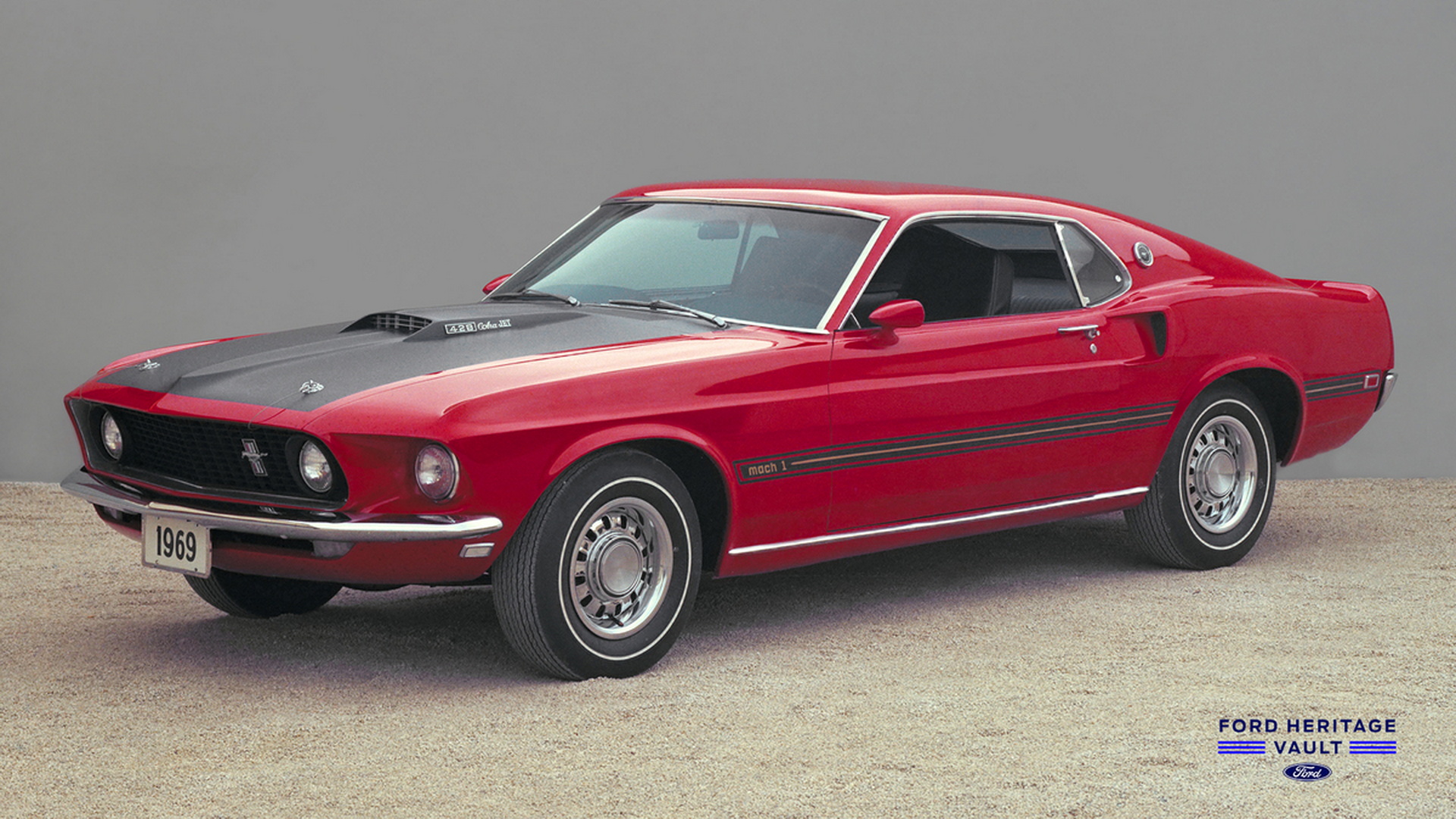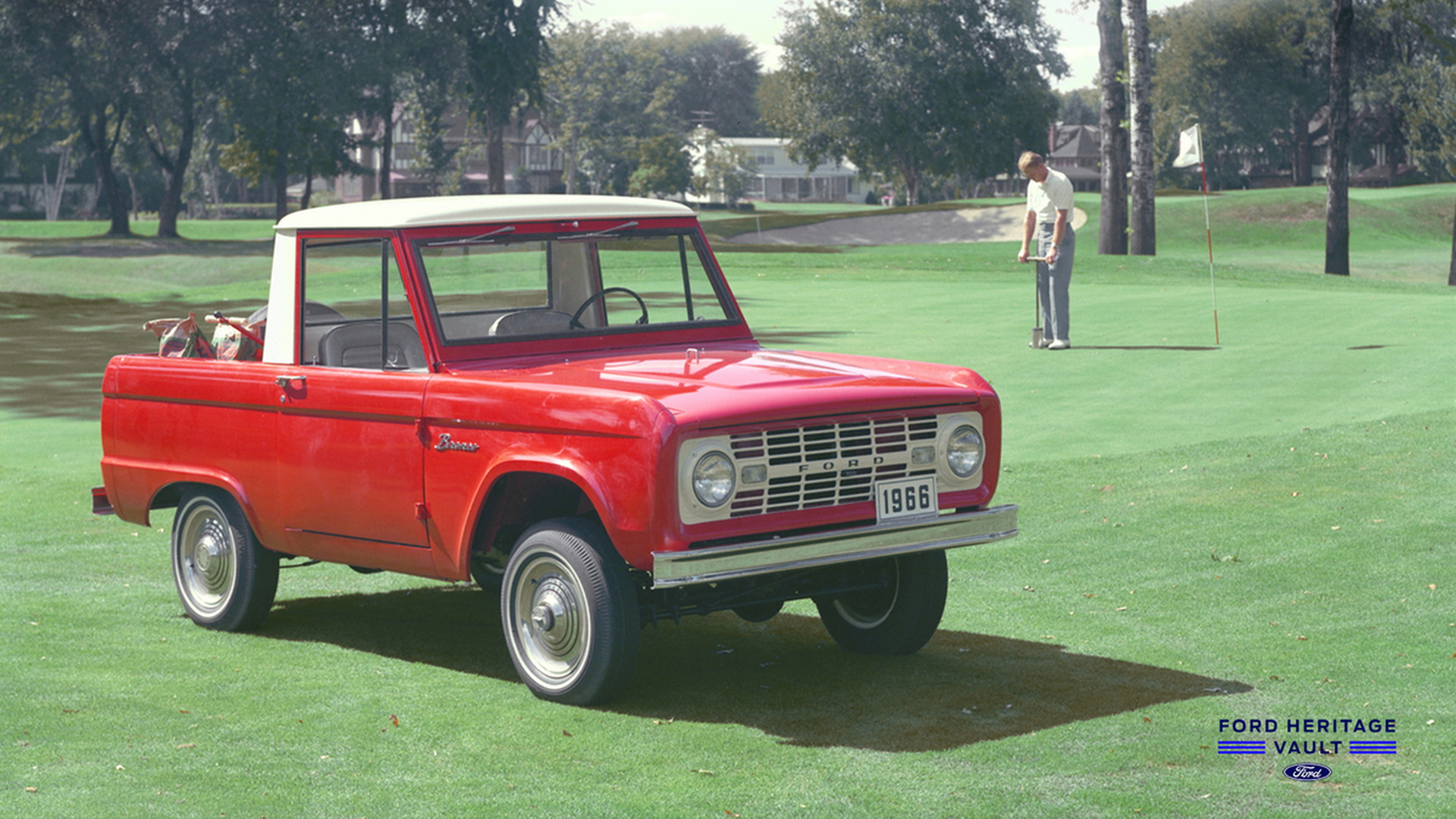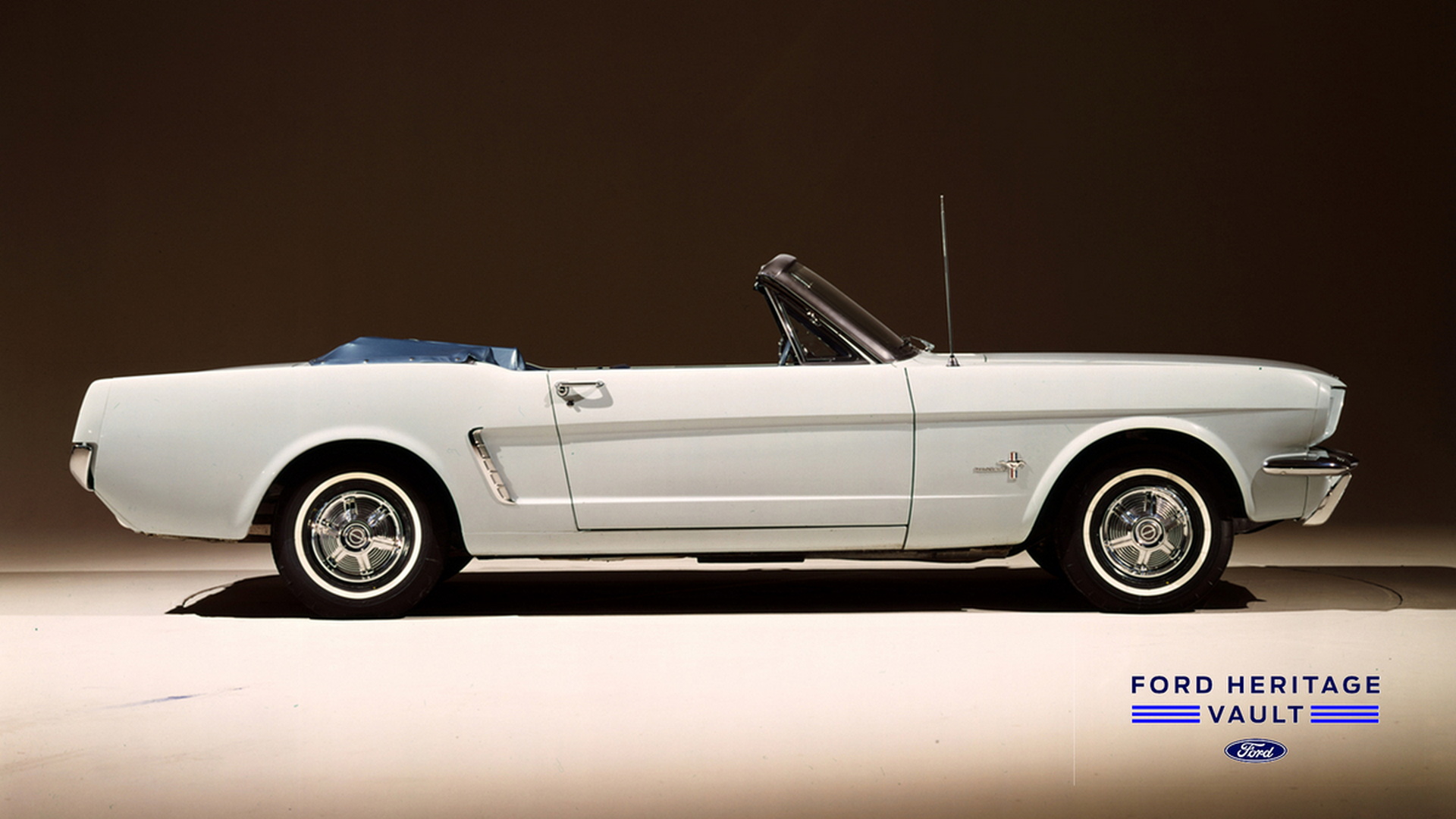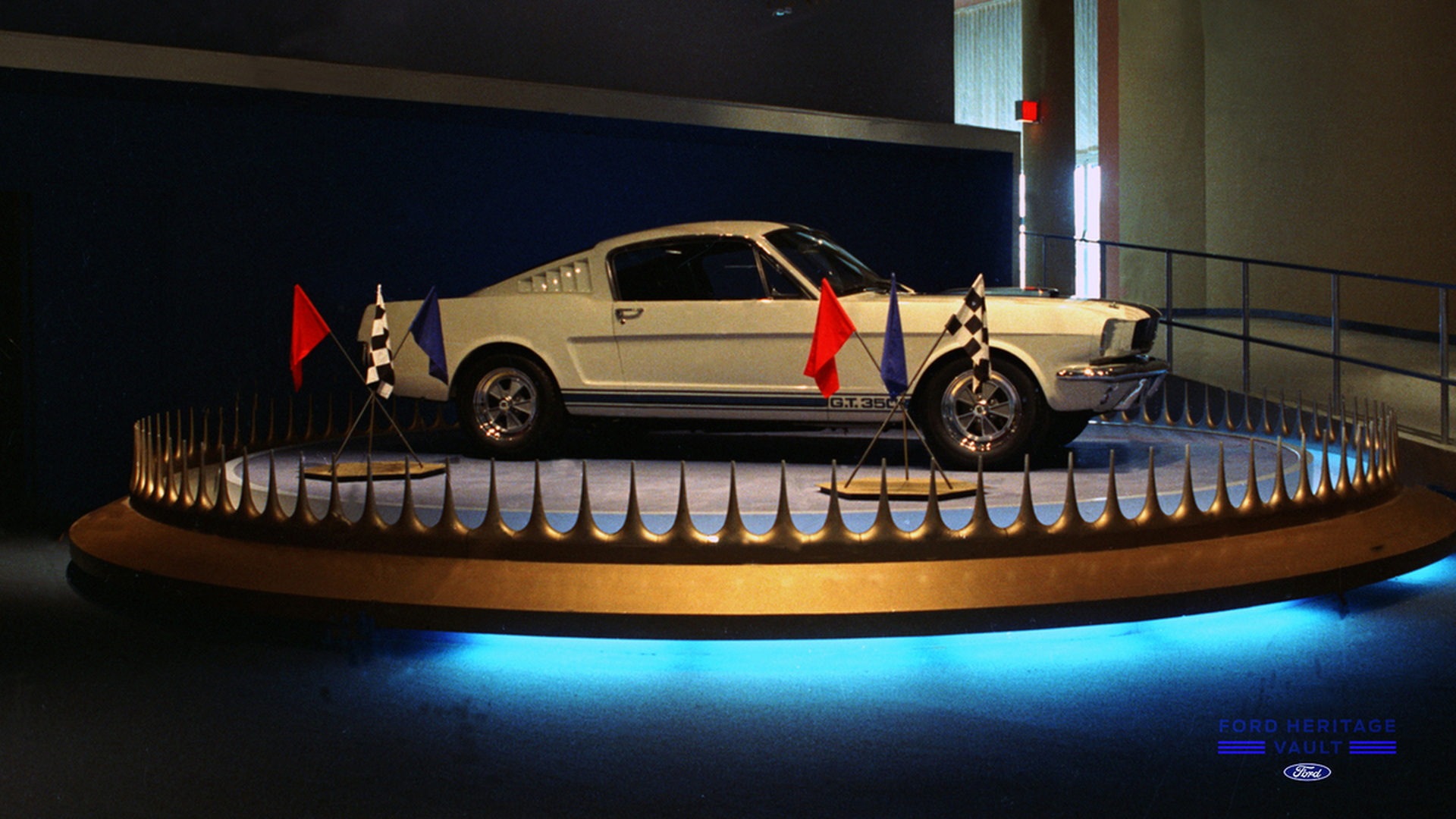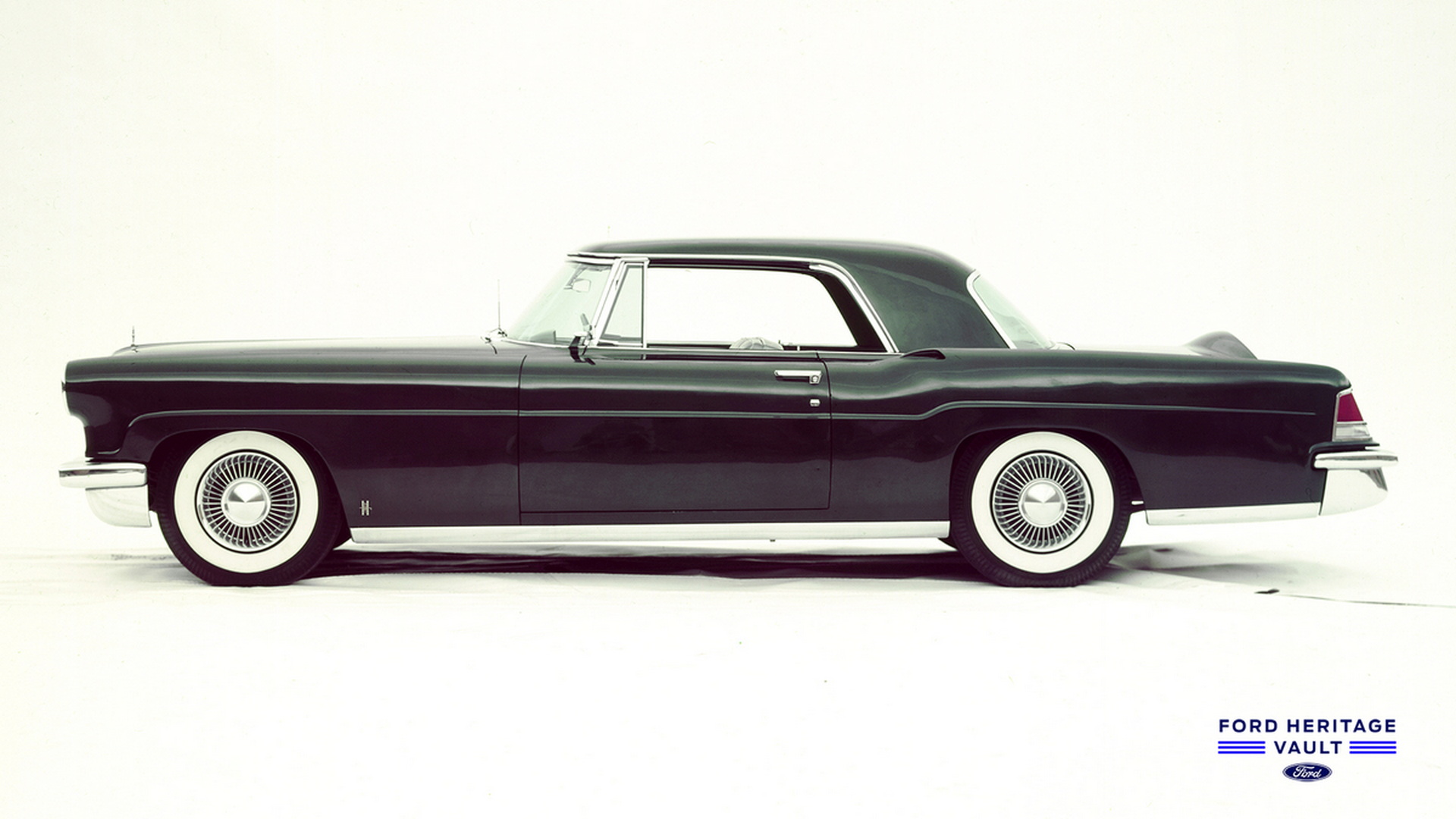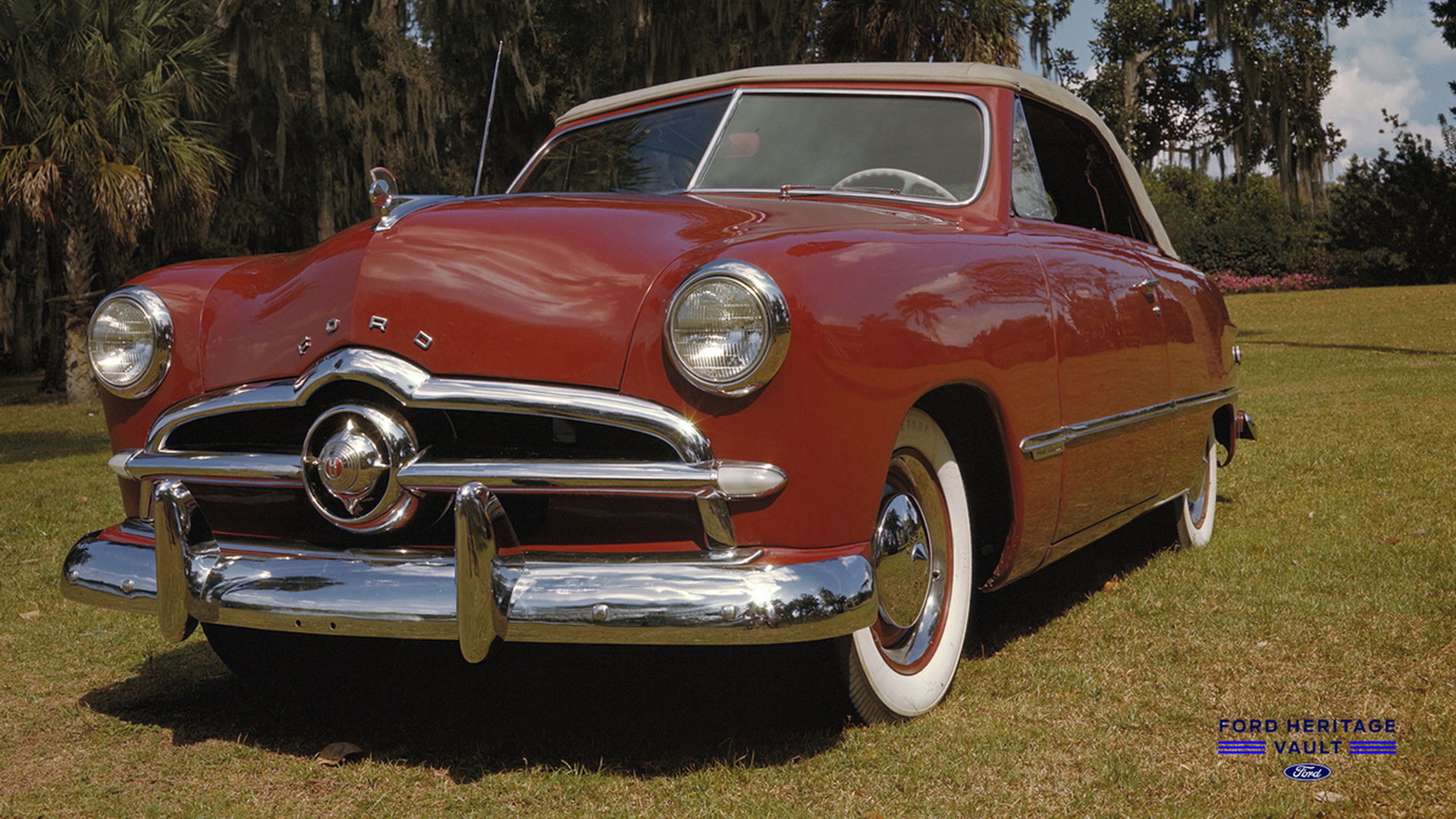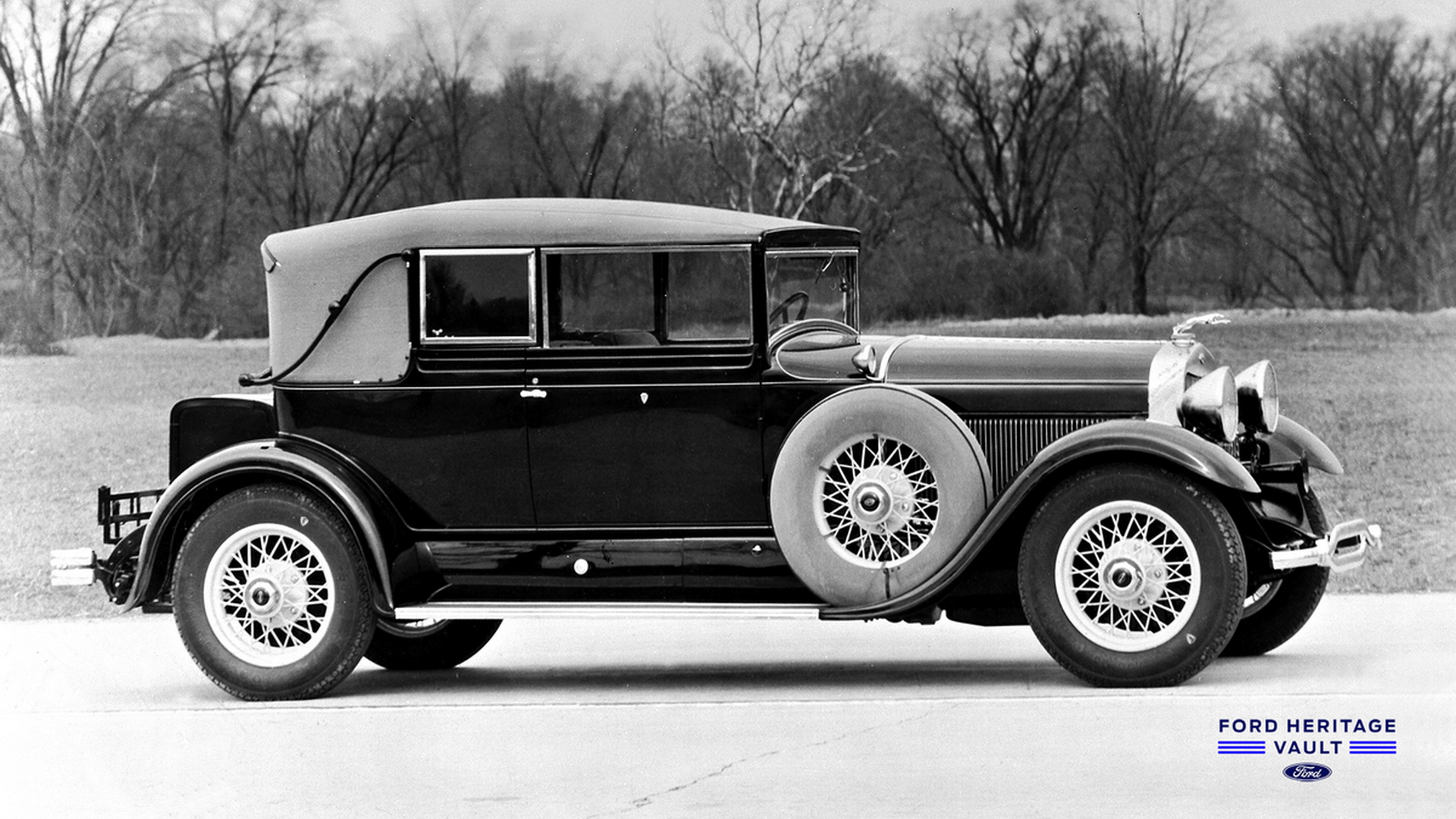For the first time, members of the general public will be able to look through promotional materials, photographs, and all kinds of other historical goodies from the history of one of America’s biggest automakers thanks to the online Ford Heritage Vault.
“We’re opening up in a way we’ve never done before,” said Ted Ryan, Ford archive and heritage brand manager. “Our archives were established 70 years ago, and for the first time, we’re opening the vault for the public to see. This is just a first step for all that will come in the future.”
Opened up to celebrate the 119th anniversary of the brand, the vault contains more than 5,000 curated photographs and product brochures from Ford and Lincoln. Included on the website are photos dating all the way back to 1903, when the company was founded, until 2003, when it celebrated its centenary.
Read Also: Inside The Petersen Automotive Museum’s Fabled ‘Vault’ Of Cars
Ford’s archive team spent the last two years carefully curating the collection. Digitized in high-resolution images, the contents of the vault are as much a reminder of the Ford vehicles they focus on as they are a relic of the time they were made in.
One set of brochures for the 1961 Ford Falcon features not only information on the car and its variants but regular commentary from Charlie Brown as well. A brochure for the 1976 Ford Courier Custom, meanwhile, shows the many wild paint schemes and customization offerings available to mini-truck enthusiasts at the time.
Ford worked with its current and former employees, as well as students from the Wayne State University’s library and information science program in Detroit, to pilot the Heritage Vault ahead of its launch. It has also been developed with accessibility features to make photos, charts, graphs, and other pre-digital assets compatible with assistive technology used by visually impaired site visitors, such as screen readers.
“These assets were born analog, and we have worked hard to bring them to the digital world,” said Ciera Casteel, processing archivist, who led the charge to make the materials accessible. “But digitizing isn’t enough. It was important to us that the Heritage Vault is accessible for everyone to enjoy.”





